The Pokemon Travelogue: Lille
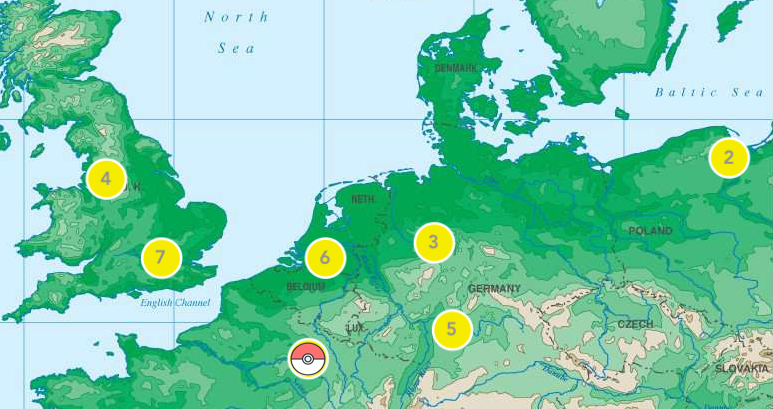
Welcome to the first installment of The Pokemon Travelogue, a monthly series documenting one man’s descent into madness through a series of trips to Pokemon tournaments all around Europe.
This month, we were in Lille, France, for a Pokemon Regional Championship, an international event that had around 1,000 competitors including 100 competing in the Junior division of Pokemon TCG (The Card Game), which is where my two oldest children - Thomas (age 11) & Nate (age 9) - compete.
Let’s just get right into the action…
Do you really want to inflict thousands of words about Pokemon on someone? Alright, I mean, go ahead…
Intro to a third tier city
I feel a certain amount of relief that Lille is the first city featured in this section of the travelogue, because the somewhat cheeky title could very easily lead you to believe that I think these cities are not good cities. Some of them probably won’t be, to be honest1. Lille, though, is an absolutely lovely city.
I have a twofold question I ask myself in any new city: “could I live here?” and “would I live here?” The honest answer to the first question is almost always yes; it’s a great exercise that forces me to try and find what is great about any particular place2.
The answer to both questions in Lille is an immediate yes. In fact, this might be less of an introduction to Lille specifically and more of a note of adoration for French urbanism, because all of the things that make Lille pretty damn great are present in so many small & medium sized cities throughout France. What one notices in Lille is a significant amount of pedestrian traffic, people walking & biking all over the place. With that comes all of the Jane Jacobs-esque benefits of a city: a diverse range of businesses, including niche restaurants and shops; public squares that attract people to gather & hang out; lots of pocket parks and beautiful adornments to the built environment; ever present city-share bikes and separated bike paths; and so on. This isn’t unique to Lille by any means, but Lille does it about as well as anyone3.
Now, should you plan a trip to visit Lille? Probably not. Should you make it a point to go on a daytrip to Lille from Paris or Brussels? Um…I don’t really think so? There’s really no reason you need to visit Lille, but if you do it won’t be difficult to have a good time. And that makes a pretty great third tier city.
How we’re rolling
The wonderful thing about these intra-EU tournaments is how often it just makes sense to take the train, both because it’s faster and cheaper. A lot of the train companies let kids under 12 ride for free, so you get crazy things like the 3 of us all traveling round-trip for under €100. It wasn’t quite so inexpensive this time, but we were still well-under €100 per person…not bad, not bad.
On the way there, we rode in style: The Eurostar4 to Brussels, and then the TGV to Lille. I will often upgrade to first class, but this time around we didn’t because both trips were so short. But, when you can take TGV first class it’s my favorite rail experience in all of Europe.
On the way back, we rode…um…not in style? Let us just say that lots of Dutch families were returning home from France and Belgium after the autumn school holiday, and in particular the trains once we got to Brussels were absolutely packed. In fact, on our transfer in Antwerp the platform was 7 people deep everywhere you looked, and I got separated from the children before we boarded and had to board based on the belief that they were in front of me on the platform and probably also boarded. What followed was 40 stressful minutes in which I first tried to find them, before encountering an unpassable wall of humanity so crowded was this train. I then tried to plan out every emergency scenario, the worst being if they got off the train at the one stop in rural Belgium before our actual transfer back in the Netherlands. Fortunately, this did not happen. Even more fortunately, while I may have been traumatized, the children were not.
Let this be a lesson: pay the extra bit of money to get the guaranteed seats and fewer transfers. Will I adhere to this lesson in the future? Probably not, but you should.
Where we’re eating
I don’t live by too many rules, but one of them is that you don’t waste meals when you’re in France. It is more difficult to eat poorly in France than it is to eat well. This will not be the experience at most of these tournaments, so for this one I really needed to live it up. I only ate at the venue itself once (a totally fine Liege waffle). The options there were, you know, acceptable for me - a gluten eater. Less so for the kids.
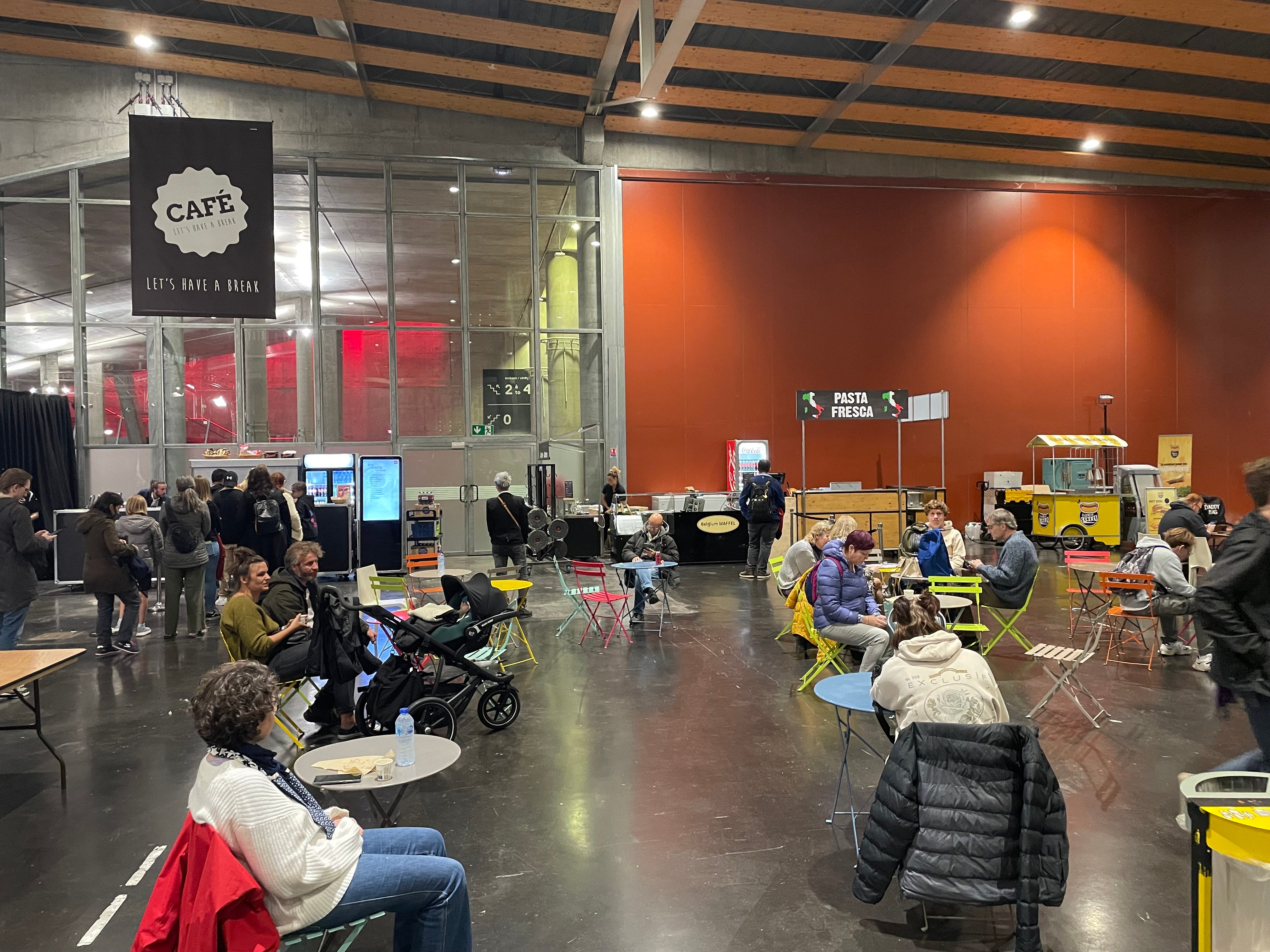
Our first night, we went for tacos at Tigermilk. If you live in a place where you have abundant access to authentic Mexican food, Tigermilk can hold its own but probably won’t be at the top of your list. I, on the other hand, live in the Netherlands, so authentic tacos are a pure fantasy. Tigermilk was great. The tuna tostada blew my mind, and their non-alcoholic cocktails in particular were wonderful. I also figured out that I can get the kids to eat all kinds of vegetables if they’re hidden in a taco. Three thumbs up for Tigermilk.
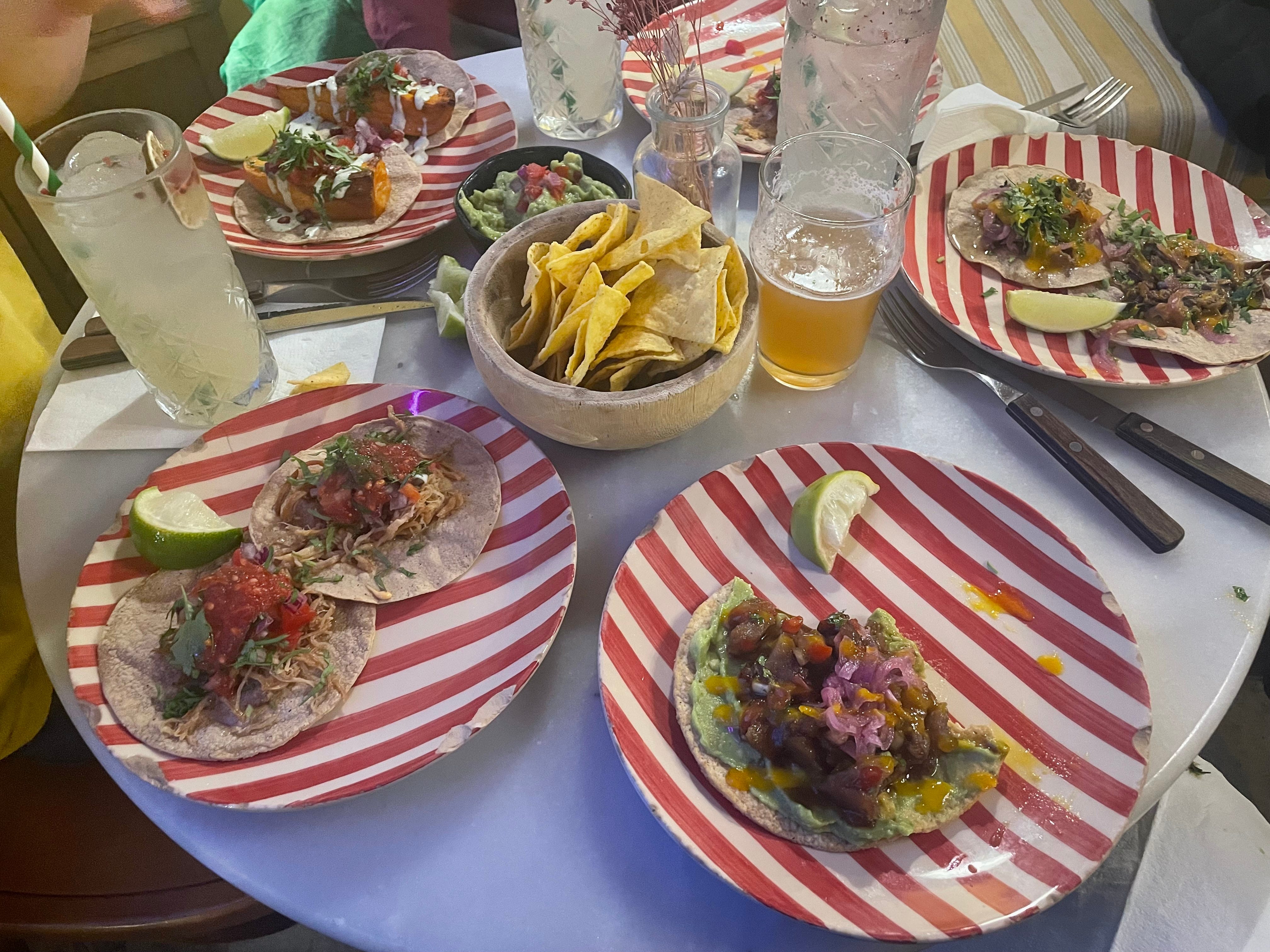
During round 2 of competitive play, I snuck away from the venue to Coffee Makers because I discovered last year that it’s the best breakfast & coffee place in Lille, and it’s less than 1km from the venue. You know that thing where you go somewhere once and have such a glowing impression of it, and then you go back and it’s actually kind of disappointing? Not a thing that happened at Coffee Makers. My breakfast formule was so good that I was tempted to sneak out again in the afternoon for another coffee & pastry.
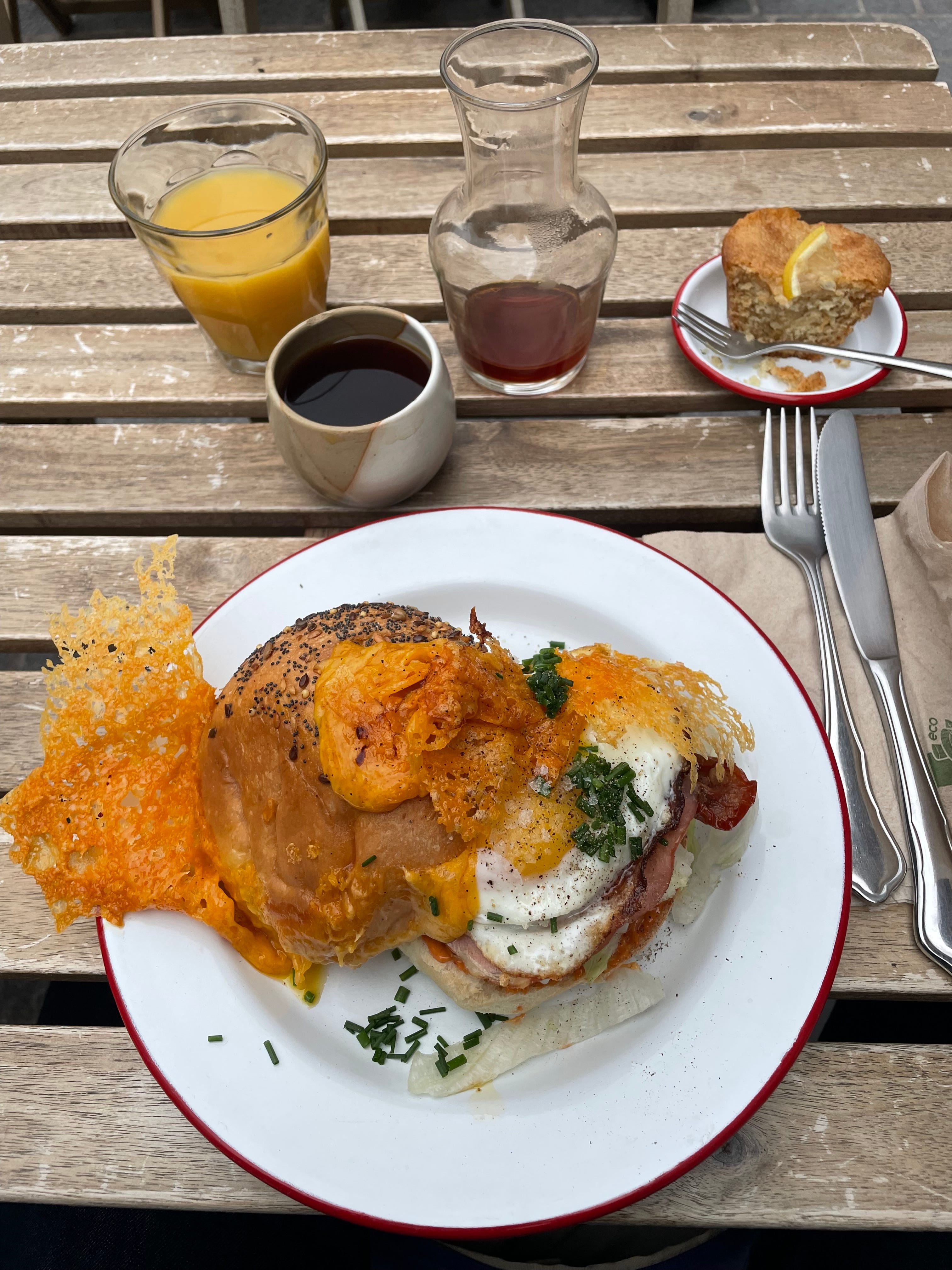
OK, but I did actually end up breaking my rule on Saturday night…the kids were exhausted, so we did an Uber Eats order of sausages and french fries. For fast food, it was pretty good. But I’d have a hard time defending why it wasn’t a wasted meal.
A digression on the fashion of the competitive Pokemon scene
There are 3 predominant styles of personal appearance among Pokemon players, all 3 present regardless of which event one competes in and which age division:
- The utilitarian - clothing as purely functional, perhaps to provide warmth or just to be able to present in public without the risk of indecency. Lots of t-shirts, flannels, and basic denim going on here. The likelihood that a t-shirt has some sort of snarky phrase on it is fairly high. The amount of Pokemon-themed apparel is the highest within this group.
- The hypebeast - streetwear is very much a thing on the Pokemon scene. There’s a lot of high end athleisure, the tapered cargo pants with the front pockets, puffy vests, flat-billed hats, and track suits going on.
- The architect - form-fitting, single-colored, well-made garments. Deliberately engineered eye glasses.
There is some amount of cross-pollination of the hypebeast into the 2 other styles, so you’ll see hypebeast utilitarian (this usually means a sweatsuit of some sort) and hypebeast architect (usually a more athletic top with some nice denim and a very nice pair of trainers). As far as I can tell, the fashion sense has no relationship to the playing style nor the quality of player - the current best player in the masters division is like the dictionary definition of utilitarian, whereas the best junior division player has impeccable hypebeast fashion.
What we’re playing
Both kids are going rogue for this tournament, playing decks that don’t adhere to the current meta-game5. Last year, Thomas played off meta and landed in the top 8, and this year there’s a big change coming between this tournament and the next one as a new set of cards with a bunch of new capabilities are being introduced…so this tournament is a bit of a throwaway.
Worth noting: the two kids have very different preferred styles of play. Thomas prioritizes consistency that can be augmented by strategic complexity; they’re drawn to a very cerebral game where they can engineer some complicated moves in the late game. Nate prioritizes, in his words, “High hit points cards that hit for a lot of damage.” He wants to spend his early game powering up and then go on a tear and wreck some people, and if he can find some ways to spoil their plans along the way all the better.
In Lille, Thomas is playing a “rapid strike” deck built around Urshifu, Intelleon, and Metacham. The odds are good those words are gibberish to you, but the gist of what he’s doing is spreading a little bit of damage around a lot of the other player’s Pokemon, until he reaches a tipping point where even small amounts of damage lead to knockouts.
![SWSH016 - Inteleon V - [Promo]](https://www.routine-chaos.com/content/images/2024/03/https-3a-2f-2fsubstack-post-media-s3-amazonaws-com-2fpublic-2fimages-2fb297d105-295b-4e8d-bbe7-0c65552bcc0c_734x1024.png)
Nate is playing a deck he has built and has a great deal of pride in, which he calls ArcDumbreon because it is built around Arceus, Duralodon, and Umbreon - all 3 of which are the exact type of “High hit points, hit for a lot of damage” that he so enjoys.
![123/203 - Duraludon VMAX - [Rare Holo VMAX]](https://www.routine-chaos.com/content/images/2024/03/https-3a-2f-2fsubstack-post-media-s3-amazonaws-com-2fpublic-2fimages-2fe2625ed9-bc77-45b5-812f-faf25ab700e9_734x1024.png)
If you read this whole section, good for you. If you read this whole section and have no idea what you just read, welcome to my world 80% of the time. Undoubtedly, if the kids read it they would have many notes on factual errors contained above.
A few memorable moments
A lot happens in 2 days of competitive Pokemon, so I’ll focus on the anecdotes that stick out in my mind and kind of define the tournament for me:
- The crushing anxiety of a confused mass of humanity…this is the only way I know how to define the moment that occurs at the beginning of the first day of competition when the first matchups of the day are announced. Everyone is checking their phone to find their pairing and figure out where in the venue they need to go and they need to move there swiftly or else risk taking a penalty. We are talking about 1,000 people, 500 matchups, billions of jangling nerves. It all calms down a bit after the first round, but the tension in the room for that first matchup is very much palpable.
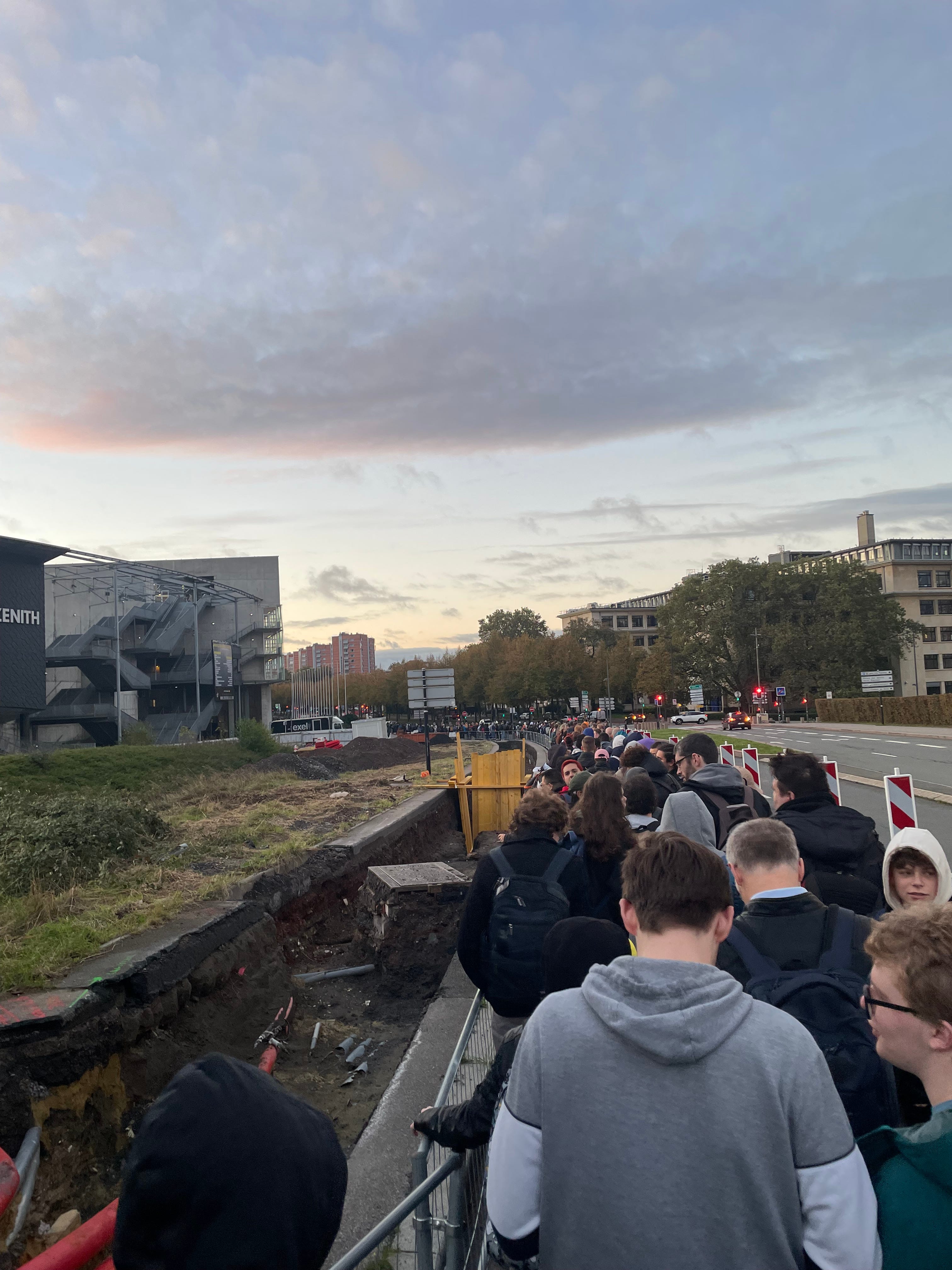
- As a spectator, it’s not very easy to spectate - with good reason: if a person can stand behind a competitor and see what they have in their hand, they could have some way of signaling the other competitor. So, I am often standing off to the side and trying to judge based on body language how the kids are doing (full candor: I am often standing off to the side reading a book for the first 30 minutes and then paying attention to see how far the match has progressed, and then trying to judge how it’s going). Roundabout the 4th round, I watched Nate’s very competitive match end in triumph. All of these matches end at about the same time, so it’s not uncommon to see some distraught children who aren’t performing well or had a particularly frustrating match who have burst into tears and need some consolation. “Maybe I’m just a really good parent,” I noted to myself as I approached Nate. “My children are well adjusted and have never cried at the result of a Pokemon match.” I rolled those shoulders back and approached my son with pride. He finished packing up his things, turned to me, buried his face in my stomach, and let out a huge sob. I was bewildered. “Wait, um, didn’t you just win?” I asked him. He takes a deep breath, pulls his face back, and looks up at me. “Yes, but it was just so intense!” So I guess what I’m saying is, I’m probably still a better parent than the kids who cry because they lose.
- The top 4 “friend off”: In the junior division semifinals, one match pitted Leo against Ethan. At some point, I will write about the crew of families we’ve found ourselves a part of on the junior pro-am circuit, but suffice it to say: Leo & Ethan are not only part of that crew, they are both from the same part of England and travel together to these events. They have played against each other literally dozens of times. Their decks in this event were almost exactly the same. Everything was totally cordial and fun - their sportsmanship is flawless - but that’s a high stakes matchup.
How we did
We did alright. It was fine for a first tournament, and if we maintained this level of performance I’d feel optimistic but far from certain that 1 of the 2 could get that coveted travel award and both would probably still manage to qualify to compete.
In very practical terms: out of 100 kids, Thomas finished 24th and Nate finished 33rd. That means Thomas snagged 60 points for qualification and Nate finished one spot out of the points…and that by the slimmest of margins - with 100 competitors, the top 32 get the points and the difference between 32 and 33 came down to a 2.5% difference on the second tiebreaker. Thomas’s 24th is actually a bit more promising than it might seem - in 7 matches, they lost twice and both times against kids who finished in the top 86.
After this tournament, Thomas is ranked 58th in Europe and Nate is 103rd. There’s still a lot of season ahead of us… On to Gdansk at the end of November!
Looking at you Dortmund. ↩
The list of cities where I’ve answered “no” is only 2: Juba, South Sudan and a certain large city in the American southwest that shall remain nameless but I bet you can guess. ↩
Outside the Netherlands. ↩
Up until a few weeks ago, it would have been the Thalys. But, hey - mergers & acquisitions! ↩
A quick aside if this isn’t your jam: within competitive gaming there is a meta game, a kind of common approach to play based on the latest augmentations to the games mechanics and dynamics. Often, the road to victory means figuring out how to optimize the meta game. Playing off-meta means finding loopholes and exemptions that allow you to exploit the meta game. Should it be a surprise that my children are attracted to going off meta? Absolutely not. ↩
Including one who flew in from Canada for this tournament. If you want to consider how remarkable that is, re-read the intro to a third tier city. ↩

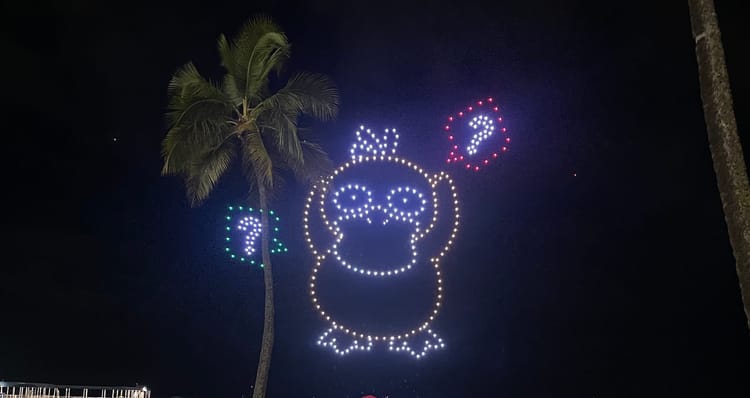
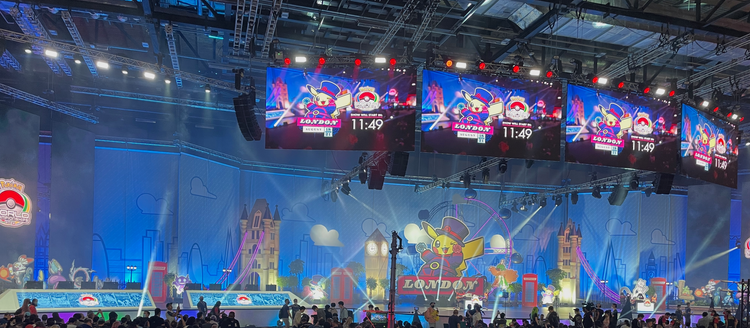
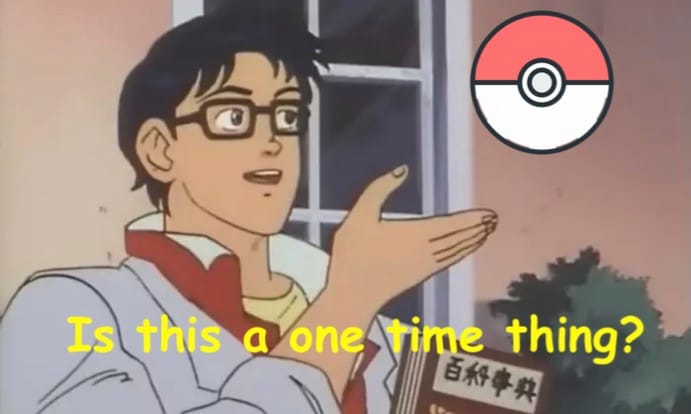
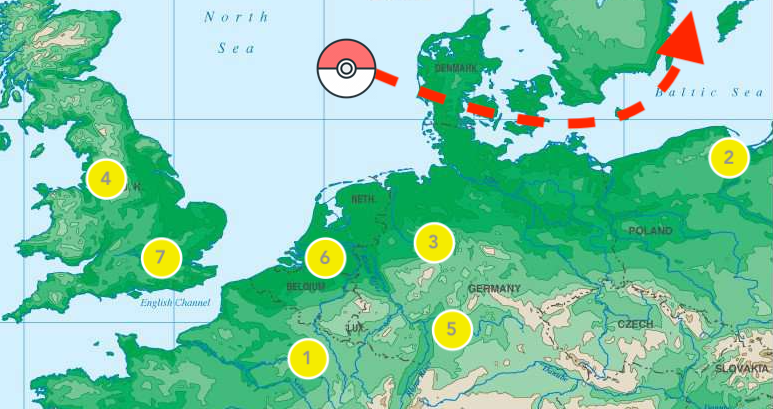
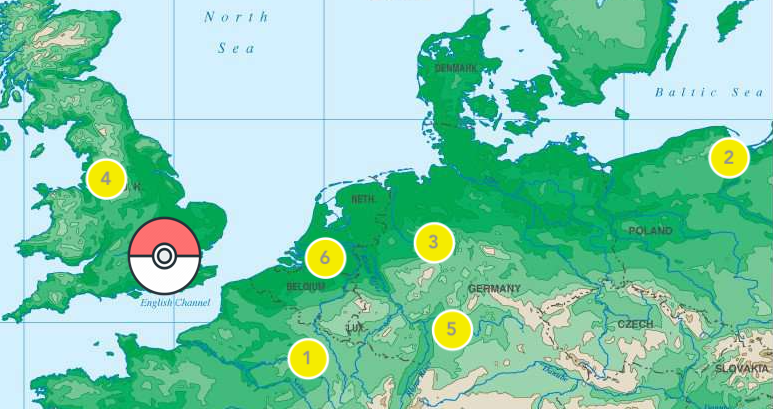
Member discussion